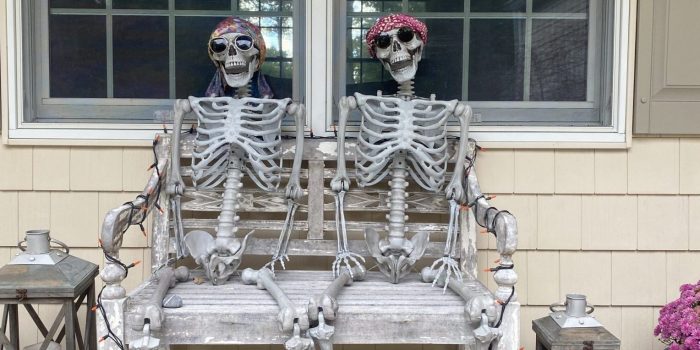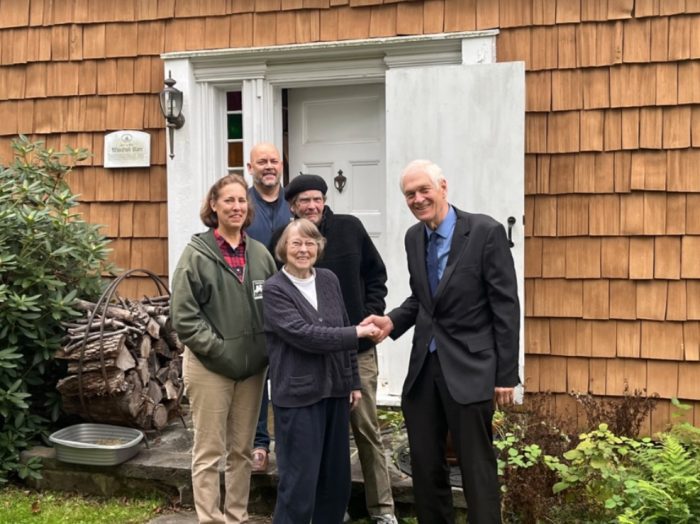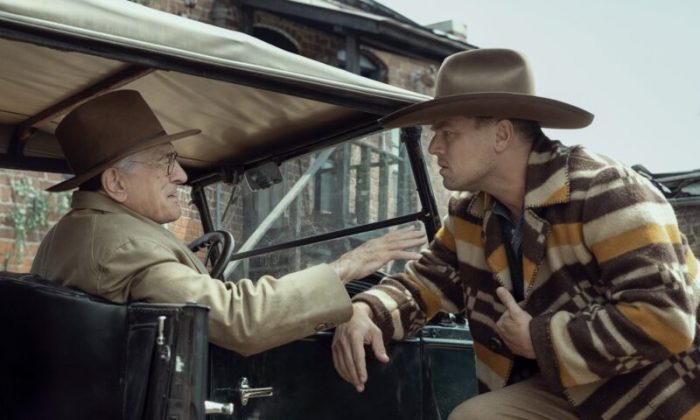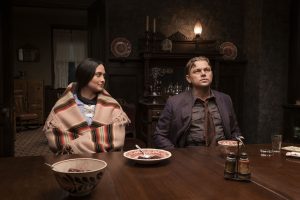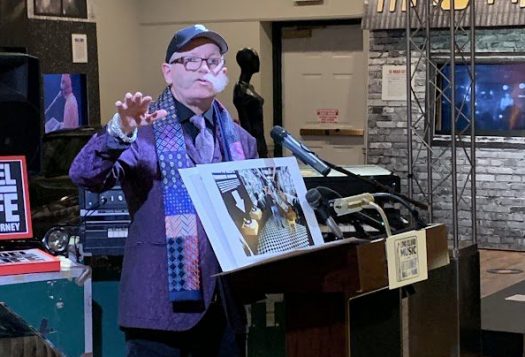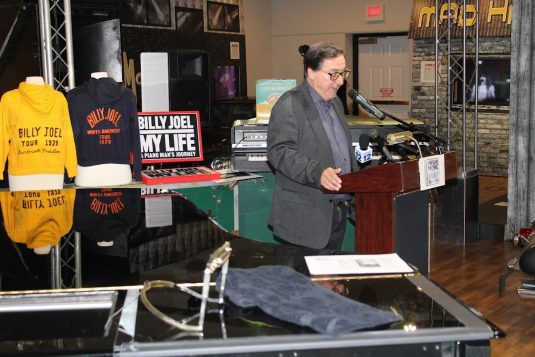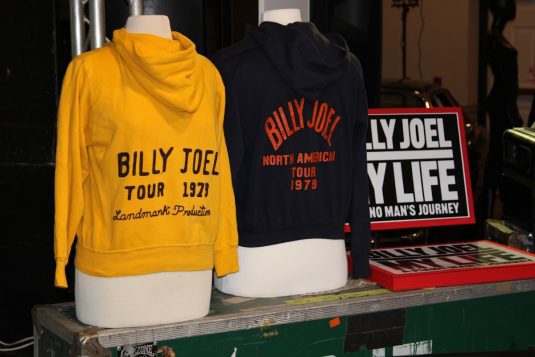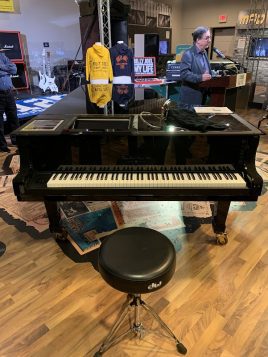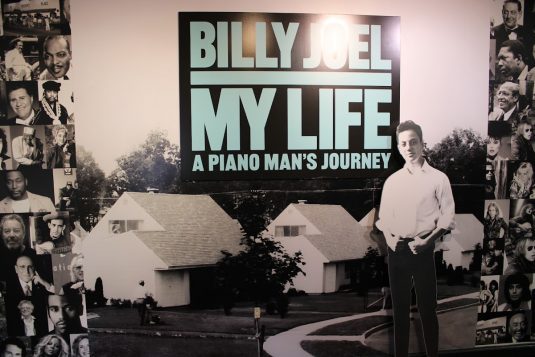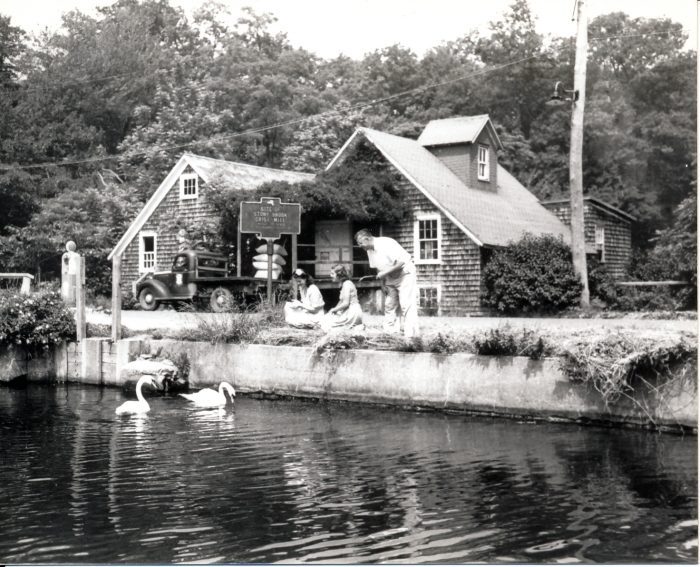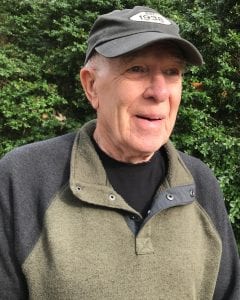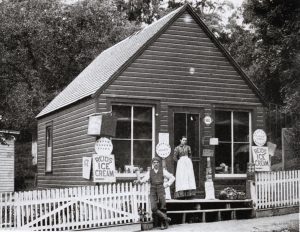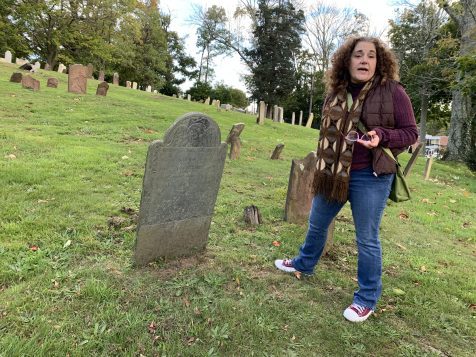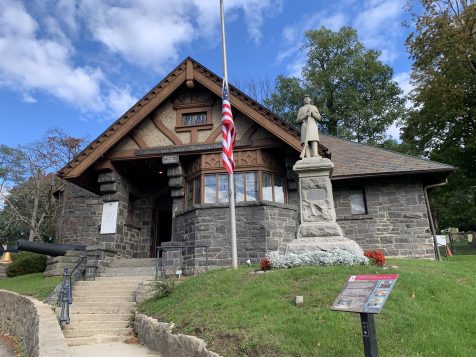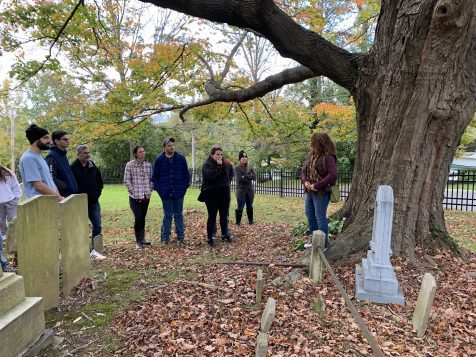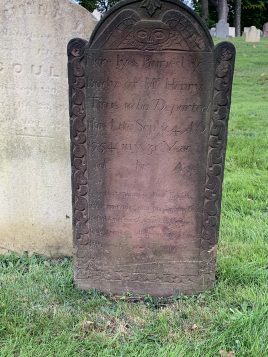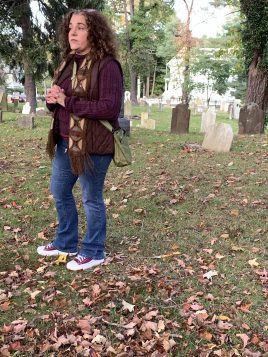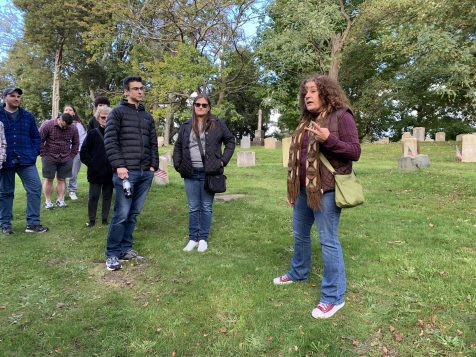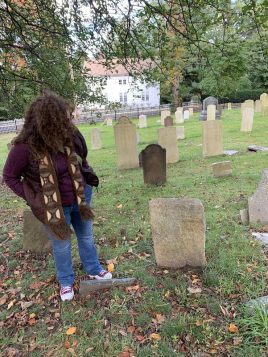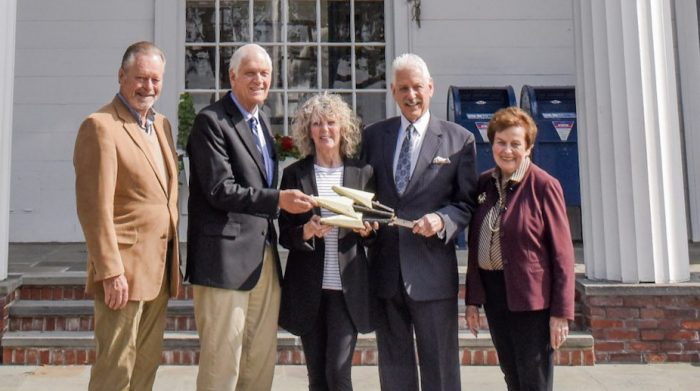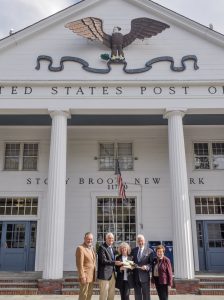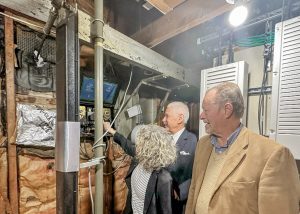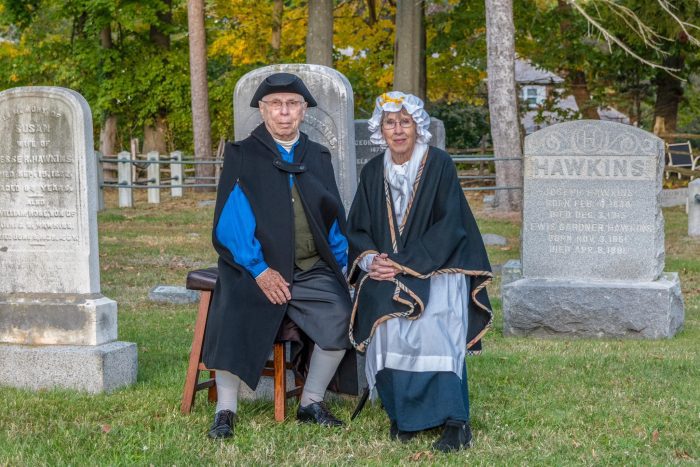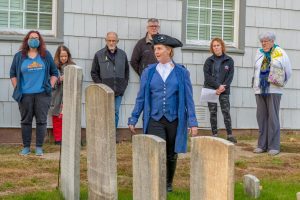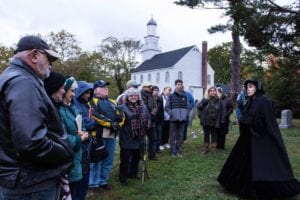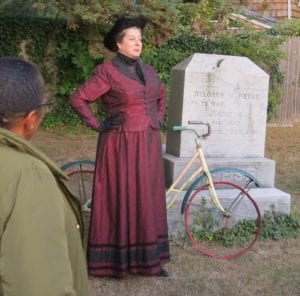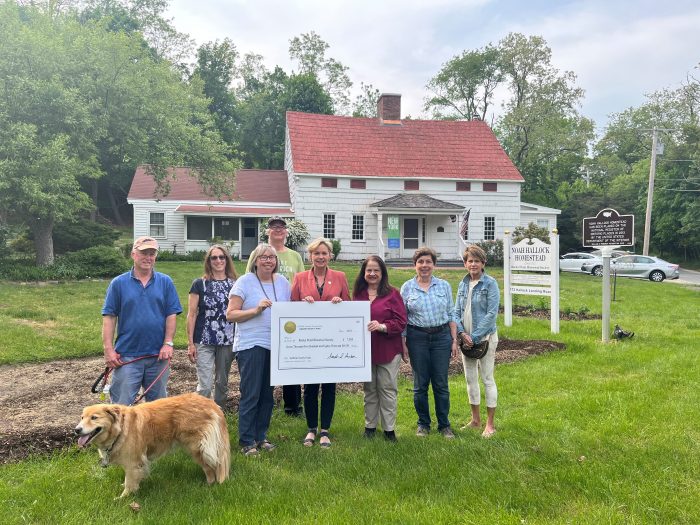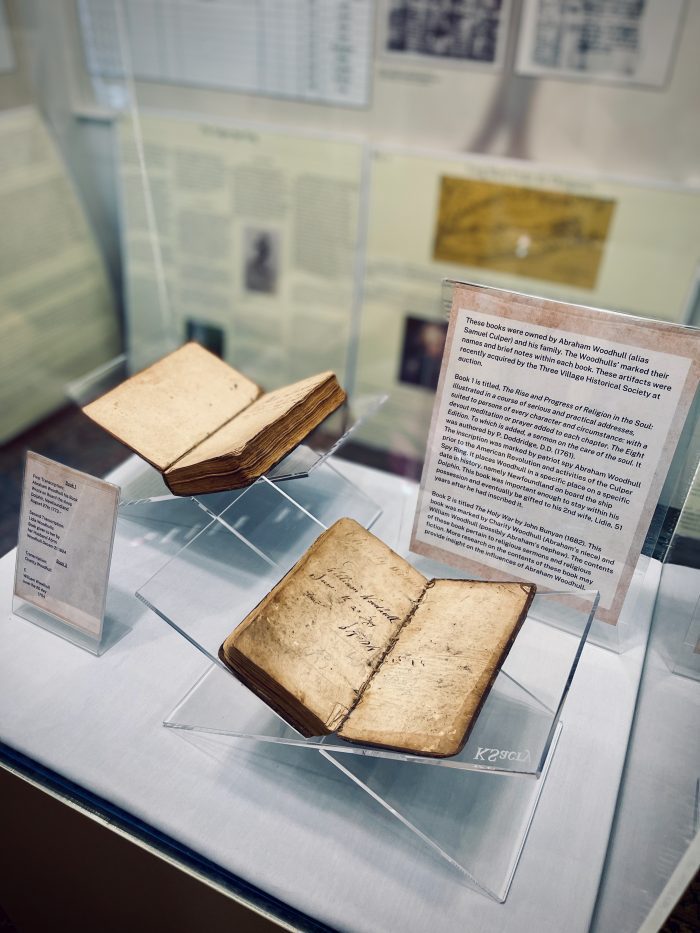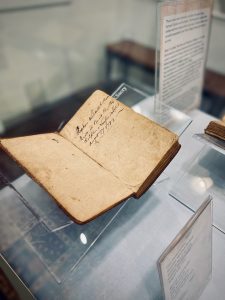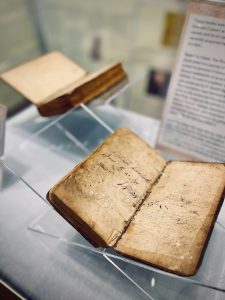By Nasrin Zahed
Halloween has a rich history on Long Island that dates back to the early colonial days. Over the centuries, it has evolved from ancient Scottish rituals to the modern-day extravaganza of costumes, candy and spooky spectacles.
Halloween’s origins can be traced back to the ancient Scottish festival of Eve of All Hallows, celebrated around the end of October. Though commonly believed to be derived from the Celtics, Henry Kelly, distinguished research professor in the Department of English at the University of California, Los Angeles, has provided the research to debunk such a claim.
“People in Ireland also indulged in similar festivities on the day before All Saints’ Day, including divination games and competitions like apple bobbing,” said Kelly in an email exchange.
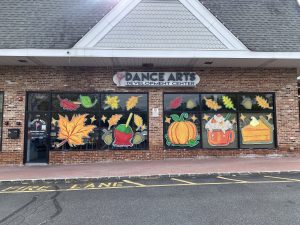
Halloween customs came to America primarily through the Irish immigrants in the 19th century. The practice of carving Jack-o’-lanterns, a staple of modern Halloween, is often attributed to Irish immigrants who brought the tradition of carving turnips with them. The orange pumpkin, native to North America, became the go-to canvas for spooky faces and designs.
Though of all the traditions to be brought over, dressing up on Halloween and going door to door is still a bit hazy. “The question of when children started masquerading and going around for treats at Halloween in America needs further research,” Kelly said.
Regardless, Halloween has adapted to become one of the most profitable holidays of the year. Seeing as the United States has a strong consumer culture, Halloween became an opportunity for retailers to tap into this market. Businesses saw the potential in selling costumes, decorations, candies and other Halloween-related products.
There is no question that Long Island has found a niche in that market as fall makes Long Island a scenic destination for all things fall fun.
With its agricultural history, Long Island is also home to numerous farms and pumpkin patches, where families can pick their own pumpkins and enjoy fall-themed activities. Others can enjoy an array of haunted attractions and houses that draw thrill seekers and horror enthusiasts during the Halloween season. Places like Darkside Haunted House in Wading River and Gateway’s Haunted Playhouse in Bellport offer terrifying experiences for those brave enough to enter.
Long Island boasts numerous historical sites with eerie legends and ghost stories.
One of the standout Halloween events is the Rise of the Jack O’Lanterns at Old Westbury Gardens, showcasing thousands of intricately carved pumpkins, transforming the gardens into a mesmerizing pumpkin wonderland. The event is being held through Nov. 2.
Local businesses and communities have embraced the spirit of Halloween, with businesses decorating their storefronts and residents adorning their homes with creative and spooky decorations.
Hailey Hamilton of Old Wood Road, Stony Brook, shared her thoughts on the upcoming holiday, saying, “Halloween in our town is always a blast. The decorations go up, the costumes come out, and the spirit of the season is infectious. It’s the perfect time of year to enjoy some spooky fun with friends and family.”
A fascinating tapestry of ancient Scottish customs, early American traditions and modern-day festivities, Halloween on Long Island is the one to beat. A bewitching experience for all ages, Long Islanders have embraced this holiday with open arms, making it an integral part of their culture.
If you find yourself on Long Island in late October, be prepared for a ghoulishly good time.

